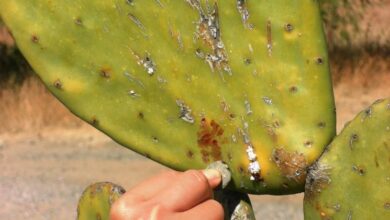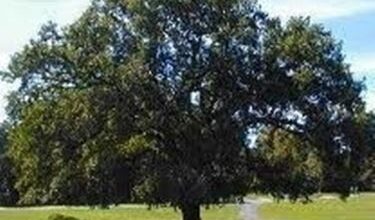Maple pruning
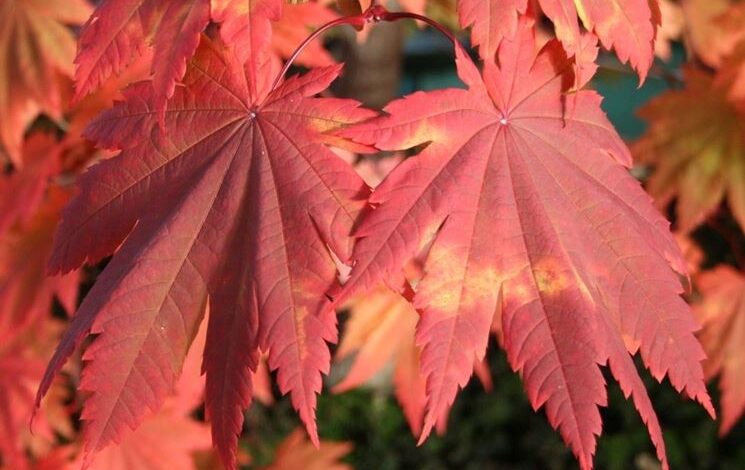
Purpose of pruning
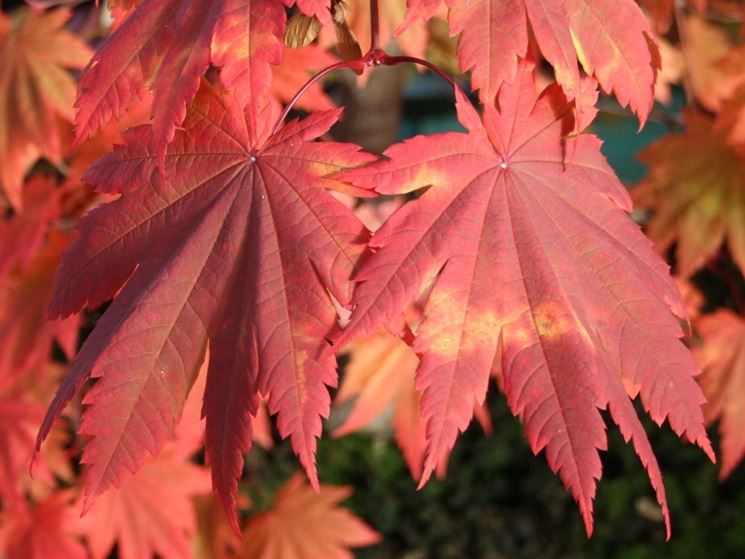
Pruning techniques
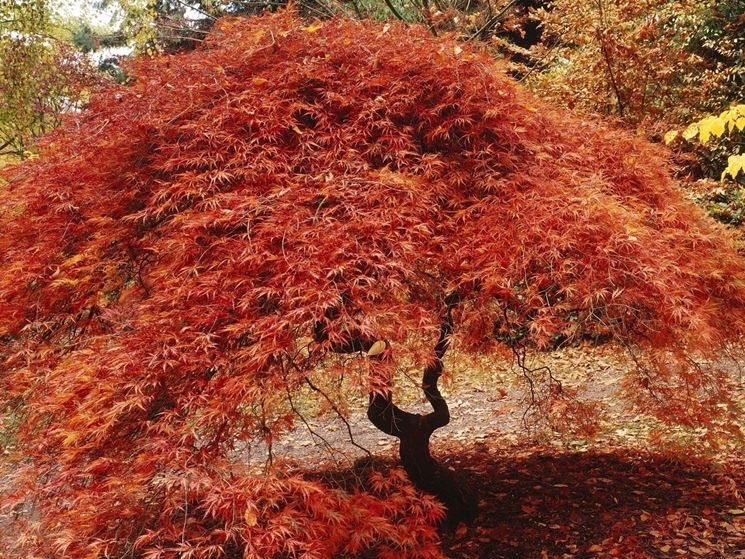
Pruning a maple does not simply mean shortening and eliminating the less productive and older branches to make room for the new ones, but it also means selecting the best branches to create a crown that is able to allow the correct filtering of water and light, in order not to compromise the health of any of the branches present. The maple may have a tendency to develop a double bud: in this case one can opt for the topping of one of the two parts, intervening on a portion of the branch very close to the trunk, to restore a more contained development. The thinning of the foliage, on the other hand, is an operation to be carried out regularly in order not to jeopardize the health of the plants. It is a question of intervening mainly on the oldest branches, eliminating those that prevent the growth of the younger ones and inside the crown, to leave them adequate space and adequate resources from the point of view of air and light. It is also better to eliminate the branches that develop directly from the crown of the maple, to prevent fungal attacks and diseases in the plant. All operations must be carried out taking care not to damage the collar of the branches and making sharp cuts with sterile instruments: in this way the wounds can heal more simply, without causing infections.
Pruning period
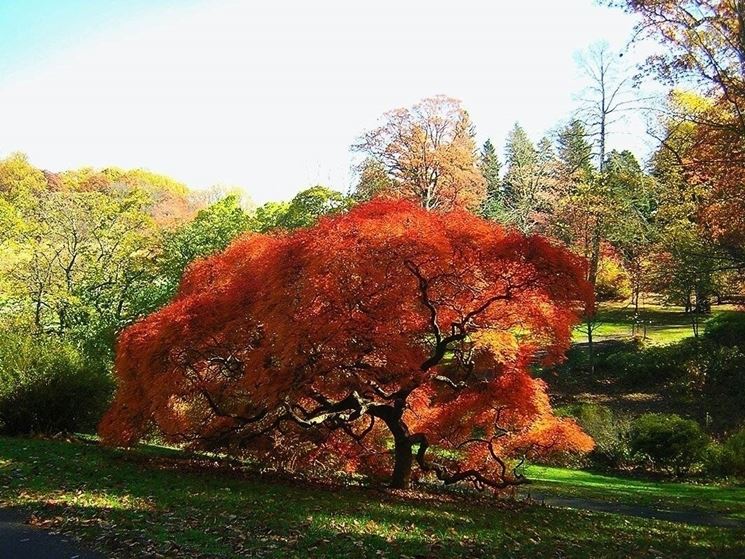
Pruning must be carried out at different times of the year depending on the type of intervention you want to carry out and the purpose of the pruning itself. It is important to respect these moments because the plant must be able to be in optimal conditions to be able to withstand the intervention, which is still invasive and a source of stress. The most decisive interventions are those linked to the definition of the shape of the maple, which will also eliminate the branches that are now unproductive. These are also the most invasive interventions, as they can damage the plant causing wounds: in these cases it is important to cut in the period between October and December, when the plant is in the dormant period and is not yet budding. Alternatively, pruning can be done in June, when the plant is now resistant enough and has already completed part of its annual development: in this way the health of the maple will not be compromised in the following months. In this period the pruning will be maintenance, and therefore more contained, while in the winter period it will be possible to provide more decisive interventions.
Maple Pruning: Pruning of Japanese maple
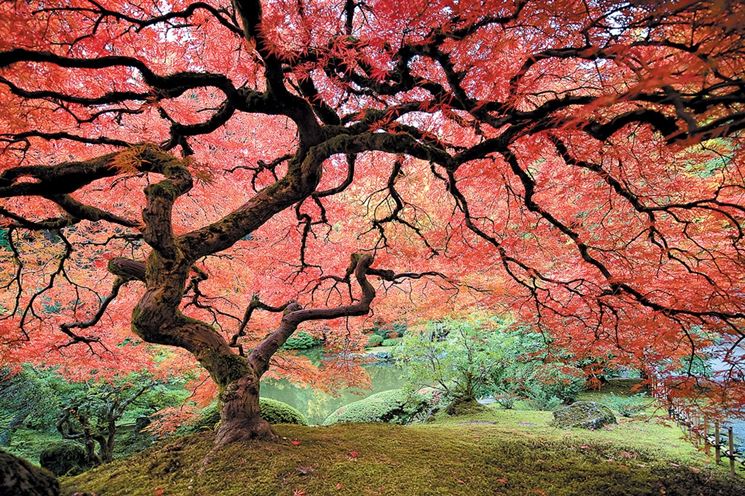
The Japanese maple is perhaps more common than its larger “cousin”: the intense coloring and the small dimensions make it perfect for small gardens, where the maple is of great visual impact. However, this plant, precisely because of its small size and limited space in which it is usually grown, requires pruning that keeps its development under control and gives shape to the crown in an orderly way. Also in this case, the most decisive pruning must be carried out during the vegetative rest period of the plant, therefore in winter, while in June it is possible to carry out a further intervention to contain the development and define the shape in more detail. To these two practically fixed appointments with the red maple, we can add an intervention in March: sometimes, with the restart of the vegetative cycle, dead branches will be found even if the plant is in excellent health: it is necessary to intervene, eliminating them to prevent them from continuing to steal energy from the plant and not to create excessive imperfections. In general, however, the red maple tends to grow quite regularly and the interventions will mainly be aimed at compacting the foliage.

